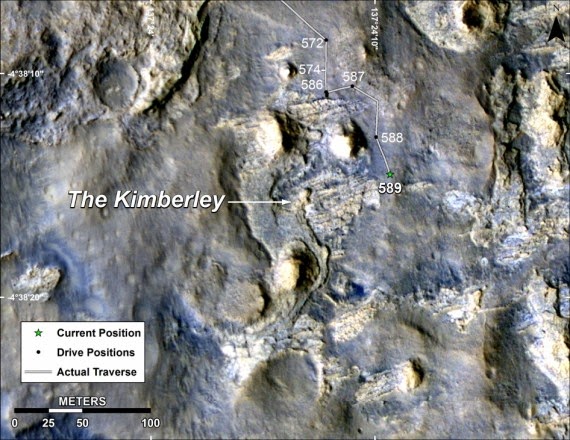If humans are actually going to live on other planets or space stations one day, we're going to need more than rocket fuel and futuristic propulsion systems. We're going to need environmental science. Here are some fundamental reasons why.
I'm cheating a little bit by using the phrase "environmental science" because that can mean a lot of things, from understanding how ecosystems work, to modifying life forms using synthetic biology. It's like understanding how gardens work, but also how to change the soil, plants and insects in your garden to make them grow better. Environmental science can even overlap with sustainable urban design, helping us build cities that exist harmoniously with the natural world. All these fields deal more or less with how humans interact with the broader web of animals, plants and microbes around us.
So how can science that is about life on Earth help us get into space? Remember that living on other worlds will require a lot more than inventing warp drive or solar sails or some kind of rocket fuel that doesn't rely on fossilized plant matter. We're going to be taking ourselves into space, which means we'll have to take ecosystems along with us. Plants will provide food, energy and possibly atmospheric filtering. Animals will be needed for food, fertilizer and insect control.
Portable Ecosystems
Put another way, we can't go to space without bringing Earth with us. Which means it's not likely we'll build a habitat on the Moon, or a giant halo world, without first understanding how the life cycle of the environments on our own planet work. We'll need to build portable, offworld-ready ecosystems.
These portable ecosystems are going to be modified versions of what we have on Earth now, which is also why environmental science is so important. Right now, researchers in this area are pondering how to modify crops to make them less destructive to top soil, more drought resistant, and more nourishing. Plants in space may need other characteristics too, like radiation resistance or zero gee tolerance. We may want them to work as atmosphere scrubbers, so they'll need enhanced respiration systems, capable of sequestering more carbon and releasing more oxygen than they do now.
You Can't Go to Space Without Saving the Earth First
One of the biggest misconceptions about space colonization is that it's an environmental cop out. Conservationists worry that advocating for space travel is tantamount to saying we want to trash the Earth and move elsewhere (presumably to trash that place too). It's a way of abandoning the problem rather than solving it.
But the hard fact is that if we destroy the Earth, we destroy our chances of going to space too. You can't move into space without first saving the Earth, as it were.
We will not make it in space if we don't figure out how to make it here first. Unless we use the tools of environmental science now, we won't have enough resources left in a century to get into space. And even if we discovered a perfect source of energy like the mythical "unobtainium," we're still going to need those portable ecosystems to survive beyond our comfortable, waterlogged rock.
Spaceships are likely to be the most strictly-regulated, sustainable environments humans ever create. The people who live in them won't have grown up on a world without recycling, where we'd rather frak than convert to solar and wind power. Space-farers will grow up with a sense that every single life form is valuable, because they are quite literally what sustains their own lives.
Of course, this is my hope. We may never make it to space, because we may never make it on Earth. But chances are that we will make it. By the time we are colonizing space in hundreds or even thousands of years, we will know that our future doesn't depend on better rockets and bigger smokestacks. It depends on our ecosystems, and whether they survive along with us.
Source: io9

















